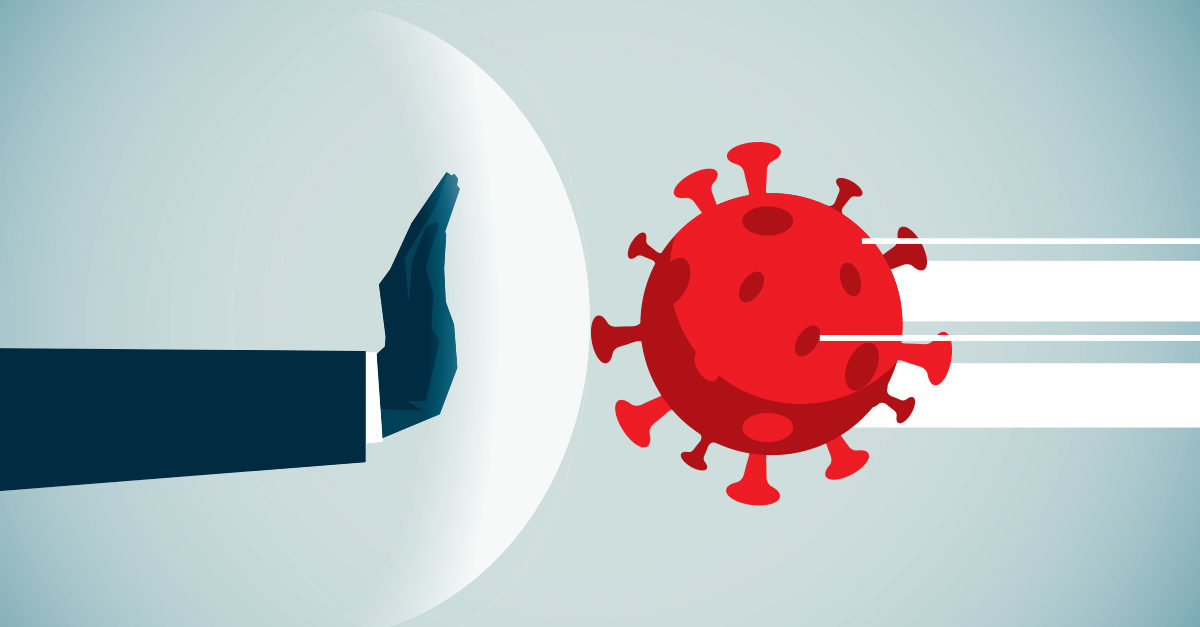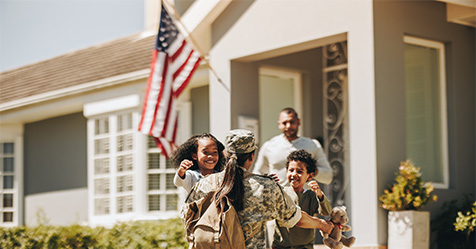Plenty of misinformation is circulating regarding the effectiveness of air purification against COVID-19, so I wanted to clarify the facts and set the record straight. In times of emergency, unfortunately, questionable claims are often made about potential solutions. The coronavirus pandemic is no different.
There is a lot to understand when it comes to indoor air quality (IAQ) and the novel coronavirus. For starters, COVID-19 is the name of the disease and SARS-CoV-2 is the virus that actually causes that disease. This association is akin to the difference between Legionnaires’ (the disease) and the bacterium Legionella pneumophila (the cause) or the common cold (the infection) and its related virus (the cause).
It would be wrong for anyone to claim that an air purification technology could address a disease or infection just as it would be wrong to say that an air purifier could cure the common cold. These systems can certainly reduce the cause of a disease but cannot cure the disease itself.
Although some air purification technologies have been tested against the SARS virus, H1N1, coronaviruses, and other viruses, as of yet I haven’t seen any testing data specifically address the novel coronavirus, SARS-CoV-2. This is an important distinction; a claim without independent laboratory backing is nothing more than wishful thinking.
Claims, training, and professional integrity
The quality of training of IAQ professionals is often revealed by the claims they make to their clients. At the National Organization of Remediators and Mold Inspectors (NORMI), we train professionals on how to reduce generic microbial loads and encourage our students to never make a claim about a specific virus even if testing data shows that it was addressed under clinical settings.
Properly trained IAQ professionals use cost-effective methods for gathering and testing on-site samples to give property owners data-backed assurance. Surrogate testing, for example, is a common method used to assess IAQ, where surrogate organisms stand in the place of a specific organism. The IAQ professional tests for one microbe—a coronavirus that is not the novel coronavirus, for instance—to confirm that the IAQ protocol used to reduce the microbial load in the indoor environment would be effective against a different microbe, such as SARS-CoV-2.
However, any claim made about a specific organism should be substantiated with testing documentation specific to that exact virus, bacteria, or mold.
Proving the efficacy of IAQ protocols
Since no cost-effective methods are readily available to directly test for the presence and concentration level of the novel coronavirus after completing a sanitization project, surrogate testing should be used to assess the efficacy of the sanitization process. Without verifying a reduction in the microbial load in an environment post-sanitization, there is no proof that the sanitizing protocol used was effective.
Using surrogate testing to show a reduction in the viral load after sanitization requires collecting both pre- and post-sanitizing samples. For example, NORMI-certified sanitizing professionals use third-party laboratories to test surface and air samples collected before and after sanitization. Once the reduced microbial load has been confirmed, NORMI issues a certificate of sanitization to the business. This certificate documents the efficacy of the business’s ongoing sanitizing and IAQ protocols, reassuring employees and customers that the business exercised due diligence to create a safe, clean, and healthy environment.
Clinical versus field testing
Another critical point to understand is that clinical testing is different from field testing. In the clinical setting, professionals can control the amount of contamination and, in most instances, isolate a specific organism. By doing that, they can see how an air purification technology may affect a specific virus, fungus, or bacteria.
In the field, however, factors such as temperature and humidity levels can skew testing results. And because of variation in the way buildings are used, the furnishings, the number of occupants, the airflow, and other factors influencing contamination levels, identifying specific reductions is difficult. For this reason, it is most accurate for an IAQ professional to use broad language like “reduce the microbial load” when discussing the reduction of viruses, bacteria, and mold in an indoor environment rather than referencing a specific microbe. Also, IAQ is dynamic, so the effectiveness of most technologies can only be evaluated over time.
Finally, I have concerns about the word kill. With some technologies, such as the multicluster ionization and bipolar ionization technologies, the RNA of viruses—that is, the molecules essential to the viruses’ chemical activities—can be disrupted or deactivated, making it impossible for them to replicate. Deactivation is a bit different from kill, but it more accurately describes exactly how the technologies work. Since a virus can’t actually be killed, how air purification manufacturers or distributors describe this deactivation process speaks volumes about the credibility of their claims.
In a world where wild claims are being made, best practice is to rely on testing data documentation, to understand the nature of surrogate testing, and to evaluate the words used in product literature and by product representatives. Also, make sure verbal product claims are consistent with the claims documented in product literature from the manufacturer. Words are meaningful, and we should hold salespeople’s feet to the fire whenever they tout supposed effectiveness of their air purification technologies.



